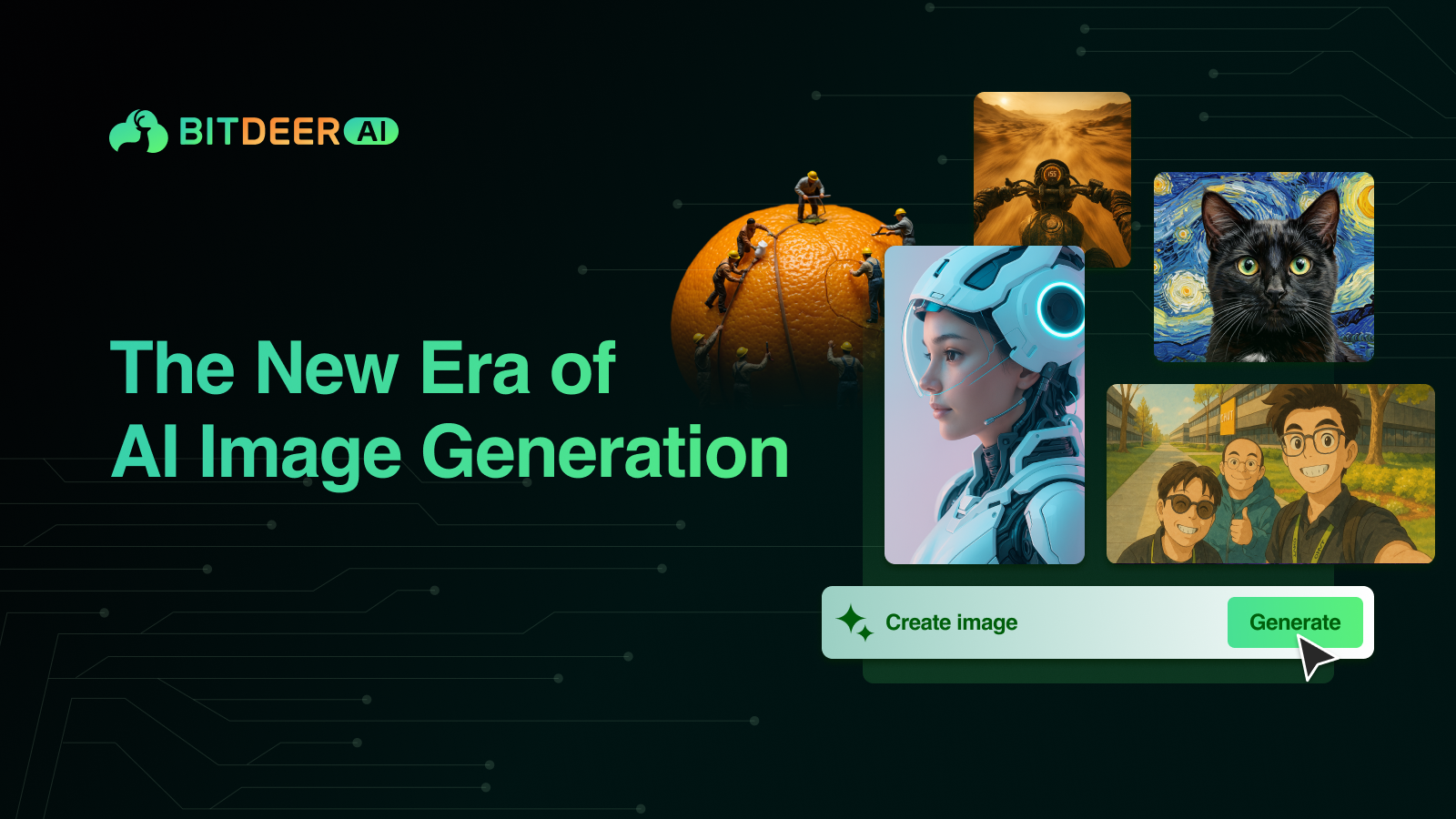The New Era of AI Image Generation: What Businesses Need to Know

March 2025 marked a turning point for AI image generation, unveiling tools that are transforming how we create and use visual content. These advancements go far beyond technical upgrades, they’re opening doors for businesses and individuals to innovate like never before. Leading the charge is OpenAI’s GPT-4o, but it’s not alone. A wave of cutting-edge models has emerged, each with unique strengths. Alongside these exciting possibilities come critical considerations for businesses looking to harness them. In this article, we’ll explore the latest AI models, their applications, and the key factors companies should keep in mind, all wrapped in a fluent, professional narrative to guide you through this dynamic landscape.
The Latest AI Models: Beyond GPT-4o
While GPT-4o has grabbed headlines, March 2025 introduced a roster of AI models that are redefining image generation. Here’s a look at the standout players:
- GPT-4o (OpenAI)
Replacing DALL-E 3, GPT-4o brings precision to the table. It can craft up to 12 distinct graphics in one image, think of a grid of custom emojis or intricate patterns and even tweak uploaded visuals. It’s a powerhouse for marketers and designers needing polished, text-integrated graphics fast.
- Stable Diffusion 4 (Stability AI)
This evolution of the Stable Diffusion line offers unparalleled control over style and composition. Known for hyper-realistic outputs from minimal prompts, it’s a favorite in fields like fashion design and architectural visualization, where detail is everything.
- Firefly 3.0 (Adobe)
Baked into Adobe’s Creative Cloud, Firefly 3.0 bridges human creativity and AI precision. Features like real-time style transfer and automated background removal make it a seamless fit for Photoshop users, empowering artists and small businesses to iterate quickly.
- HART (MIT)
A hybrid of autoregressive and diffusion techniques, HART generates high-quality images nine times faster than older models while using 31% less computing power. It’s a game-changer for real-time applications, like training robots or building video game worlds, and runs on standard commercial hardware.
An example of different styles of AI Art1
These models aren’t just incremental updates, they’re reshaping what’s possible with AI-driven visuals, offering speed, quality, and accessibility on a new level.
How Businesses and Individuals Can Tap Into These Tools
The potential of these AI models is vast, whether you’re running a multinational corporation or sketching ideas in your garage. Here’s how they’re making an impact:
For Businesses
- Marketing Magic: GPT-4o's precise text and object placement enable quick, professional ad images, ideal for social media managers. For example, generating mock ads with legible text can streamline campaigns.
- Rapid Prototyping: HART's speed suits real-time simulations, such as visualizing product prototypes in virtual environments, enhancing feedback loops.
- Enhanced Customer Support: Generate on-the-fly diagrams or infographics during support calls to clarify tricky concepts for customers.
- Cost-Effective Content: Media companies can use these tools for illustrations, reducing production time, with GPT-4o's versatility for various styles and HART's efficiency for bulk generation.
For Individuals
- Creative Play: Firefly 3.0 lets artists experiment with bold styles or refine AI-generated bases, blending human flair with machine efficiency.
- DIY Projects: Dream up home decor ideas or craft personalized gifts without needing design skills, these tools are intuitive enough for anyone.
- Learning Made Visual: Educators and students can create custom visuals, like historical scenes or science diagrams, to bring lessons to life.
The beauty of these tools lies in their accessibility. They’re not reserved for tech elites, they’re leveling the playing field for creativity and innovation.
What Businesses Should Note: Key Considerations
With great tools come great responsibilities. As businesses adopt these AI models, here are the critical factors to keep in check:
- Licensing and Usage Rights:
Not all AI-generated content is free rein. GPT-4o’s commercial use requires a Pro plan, while Firefly 3.0 ties into Creative Cloud subscriptions. Missteps here could lead to legal disputes, so always review the terms before hitting “generate.”
- Data Privacy Compliance:
Feeding sensitive data into AI tools? Make sure they align with laws like GDPR or CCPA. Some models may retain or learn from inputs, so prioritize platforms with clear privacy policies.
- The Human Touch:
AI isn’t perfect. A human eye is essential to catch errors, ensure brand consistency, and address ethical nuances, especially in regulated fields like healthcare or finance.
- Ethical Guardrails:
Hyper-realistic images can blur lines, risking misuse like deepfakes. Combat this by:
- Adding watermarks or metadata to flag AI content.
- Training staff on responsible use and transparency.
- Keeping tabs on evolving AI regulations.
- Bias Awareness:
AI can reflect the biases in its training data, potentially skewing outputs. For customer-facing visuals, double-check for diversity and fairness to avoid alienating audiences.
These aren’t just precautions, they’re strategies to build trust and maximize value while sidestepping pitfalls.
The Road Ahead: Creativity Meets Responsibility
The AI image generation breakthroughs of March 2025 are a launchpad, not a finish line. As these tools weave deeper into our workflows, think social media apps or online stores, their influence will only grow. But success hinges on using them wisely. Businesses that balance innovation with ethics, pairing AI’s power with human oversight, will thrive in this new era.
In short, these models like GPT-4o, Stable Diffusion 4, Firefly 3.0, HART, and beyond are your ticket to a world of visual possibility. Whether you’re streamlining operations or sparking inspiration, they’re here to elevate your game. Embrace them with enthusiasm, wield them with care, and watch your ideas take flight. The future of creativity is calling.
1. Source: https://www.perfectcorp.com/consumer/blog/generative-AI/ai-art-styles